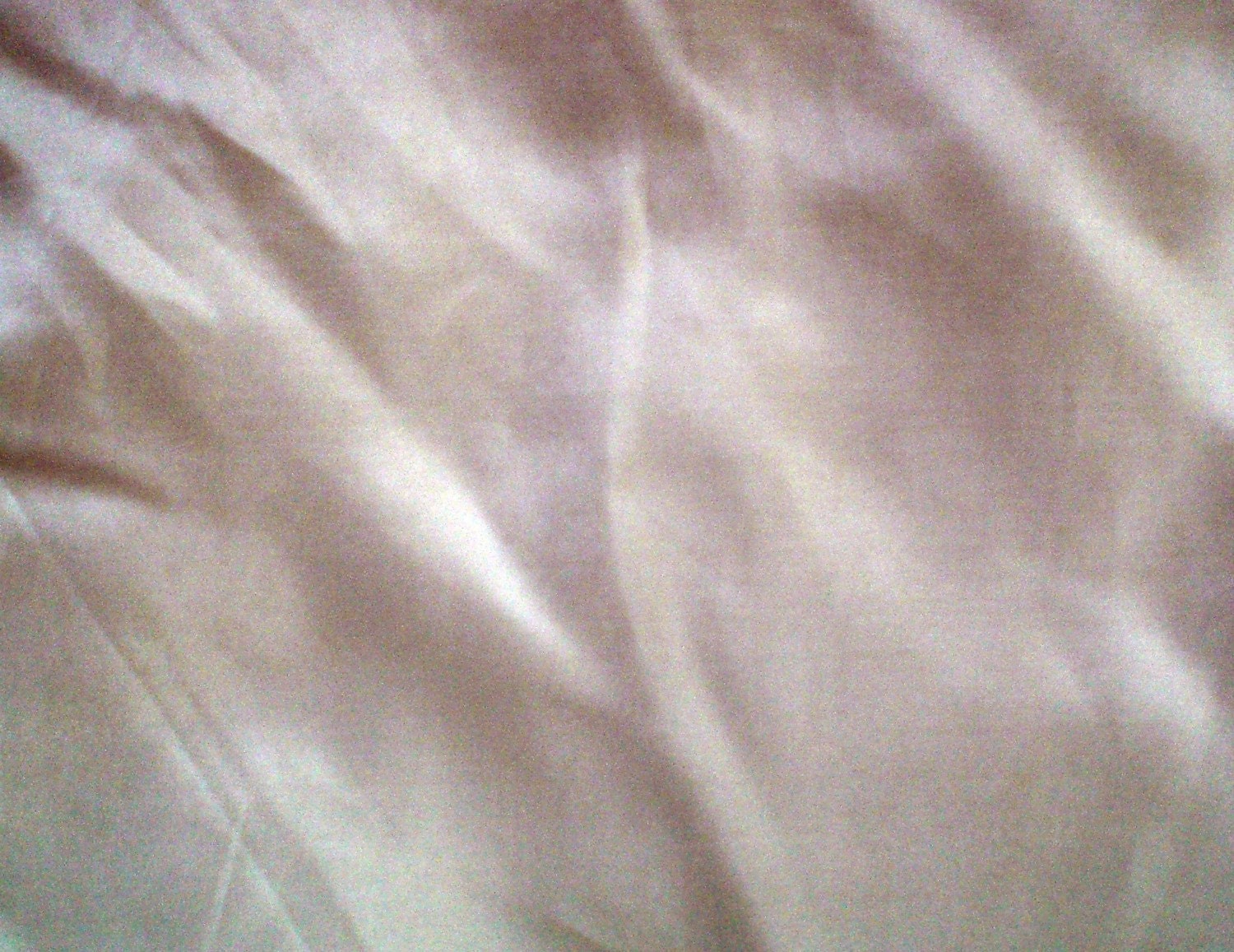Alamode:
Came around in the 17th century. It could be used for mourning clothes since the silk was a light, glossy black.
Alma:
Another silk favoured for mourning clothes. The fabric was weaved diagonally.
Armazine:
Strong silk which was used for gowns and men's waistcoats. Used in the 18th century. |
| Batiste |
Batiste:
Sheer, washable and inexpensive it could be used for summer dresses. The word is used for several other types of fabric.
Belladine:
Appeared in the 18th century. A fine, white silk from the Near East.Diaphane:
Thin silk.
Elatcha:
Another silk to emerge in the 17th century, this was imported from India. It was characteristic by being striped.
Levantine
Stout and twilled silk which was originally imported from the Levant (hence the name).
Lustring
Originated in France in the 17th century where it was used for ladies' dresses. It was spread to England when Louis XIV annulled the Edict of Nantes and French Protestants poured into England.
Moire
Watered silk which was often not just stouter but also heavier.
Persian:
A thin silk used as a lining for petticoats, coats and gowns. Popular in the 18th century.
Plush:
Quite expense type of silk, longer and softer than the velvet which existed at the time.
Tiffany:
Acclaimed as the thinnest and softest silk - the word could also refer to a thin gauze. Was used for veils or to protect embroidery.
Tussah:
Brownish silk which were made from uncultivated silkworms.
Levantine
Stout and twilled silk which was originally imported from the Levant (hence the name).
Lustring
Originated in France in the 17th century where it was used for ladies' dresses. It was spread to England when Louis XIV annulled the Edict of Nantes and French Protestants poured into England.
 |
| Back of a dress of lustring silk |
Moire
Watered silk which was often not just stouter but also heavier.
Persian:
A thin silk used as a lining for petticoats, coats and gowns. Popular in the 18th century.
Plush:
Quite expense type of silk, longer and softer than the velvet which existed at the time.
Tiffany:
Acclaimed as the thinnest and softest silk - the word could also refer to a thin gauze. Was used for veils or to protect embroidery.
Tussah:
Brownish silk which were made from uncultivated silkworms.

No comments:
Post a Comment